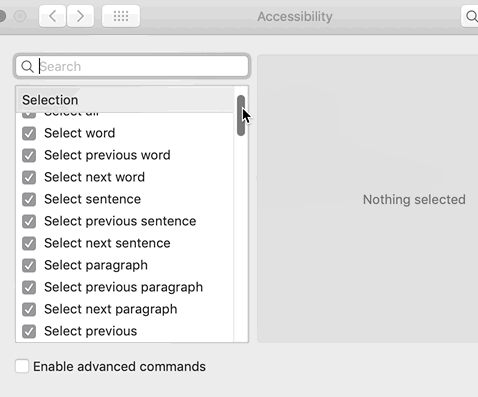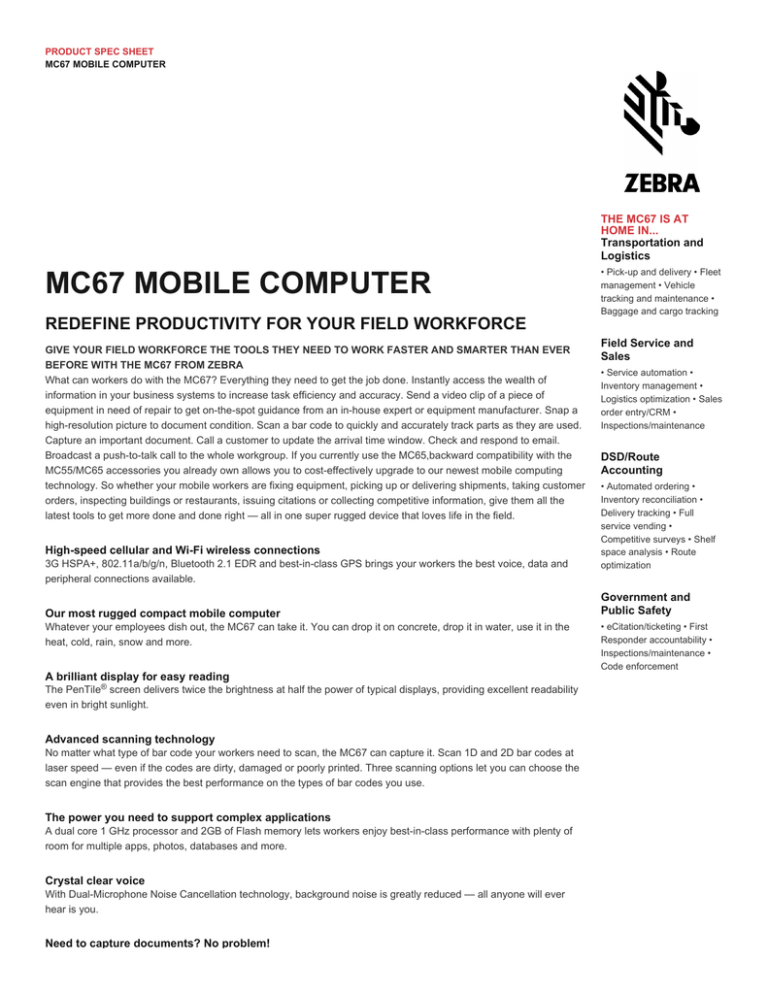
- #HOW TO WRITE COMPUTER CODE WITH YOUR VOICE HOW TO#
- #HOW TO WRITE COMPUTER CODE WITH YOUR VOICE WINDOWS 10#
- #HOW TO WRITE COMPUTER CODE WITH YOUR VOICE CODE#
#HOW TO WRITE COMPUTER CODE WITH YOUR VOICE HOW TO#
How to train Speech Recognition to improve accuracy.
#HOW TO WRITE COMPUTER CODE WITH YOUR VOICE WINDOWS 10#
#HOW TO WRITE COMPUTER CODE WITH YOUR VOICE CODE#
One such event is onspeechend, which we have used in our code to call the stop() method of the SpeechRecognition object to stop the recognition process. We have many event handlers, to handle the events surrounding the speech recognition process. Same is done for the confidence property to get the accuracy of the result as evaluated by the API. We then return the transcript property of the SpeechRecognitionAlternative object. The second returns the SpeechRecognitionAlternative at position 0.

These also have getters so they can be accessed like arrays. Each SpeechRecognitionResult object contains SpeechRecognitionAlternative objects that contain individual results. The first returns the SpeechRecognitionResult at the last position. It has a getter so it can be accessed like an array. The SpeechRecognitionResultList object contains SpeechRecognitionResult objects. The SpeechRecognitionEvent results property returns a SpeechRecognitionResultList object. When the user is done speaking, the onresult event handler will have the result. Once we begin speech recognition, the onstart event handler can be used to inform the user that speech recognition has started and they should speak into the mocrophone. Recognition.start() method is used to start the speech recognition. This runs when the speech recognition service returns result This runs when the speech recognition service startsĬonsole.log("We are listening. Var recognition = new SpeechRecognition() Var SpeechRecognition = SpeechRecognition || webkitSpeechRecognition The main JavaScript code which is listening to what user speaks and then converting it to text is this: // new speech recognition object We have a simple HTML webpage in the example, where we have a button to initiate the speech recognition. We haven't used too many properties and are relying on the default values. In the code example below, we will use the SpeechRecognition object. We can use grammar, to define rules for speech recognition, configuring what our app understands and what it doesn't understand. In this, we can set the grammar for speech recognition with only the options for the question, hence whatever the user speaks, if it is not one of the 4 options, it will not be recognized.

We can provide a list of rules for words or sentences as grammar using the SpeechGrammarList object, which will be used to recognize and validate user input from speech.įor example, consider that you have a webpage on which you show a Quiz, with a question and 4 available options and the user has to select the correct option. The Web Speech API of Javascript can be used for multiple other use cases. We will ask the user to speak something and we will use the SpeechRecognition object to convert the speech into text and then display the text on the screen. This tutorial will cover a basic example where we will cover speech to text.

So if you are viewing this example in some other browser, the live example below might not work. We have already covered How to convert Text to Speech in Javascript.īut the support for this API is limited to the Chrome browser only. It is super easy to recognize speech in a browser using JavaScript and then getting the text from the speech to use as user input. With the Web Speech API, we can recognize speech using JavaScript.


 0 kommentar(er)
0 kommentar(er)
